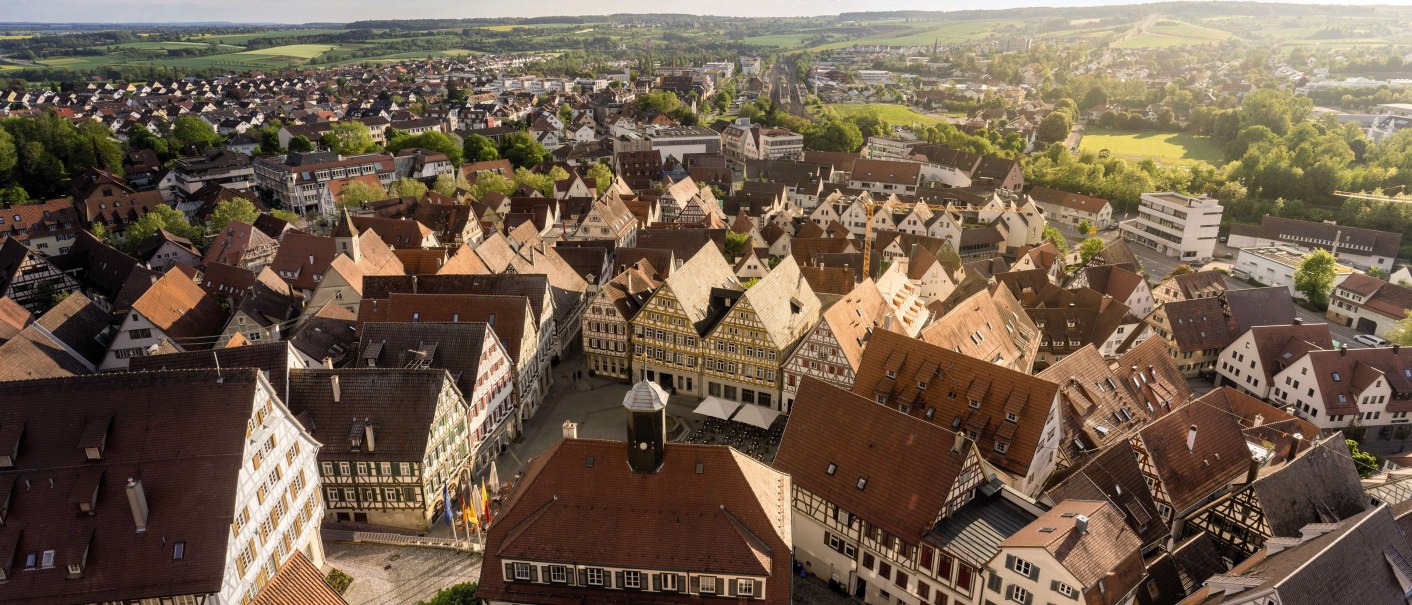Herrenberg
Herrenberg is in the heart of the Gaeu, the landscape between the Black Forest and Schönbuch. The adorable, medieval small city is captivating with its historical old town over which rises Herrenberg's landmark, the Collegiate Church.
History
Herrenberg arose around 1200 through the merging of the two villages Reistingen and Mühlhausen and the resettlement at short notice of their residents to "Herrenberg". The fortress Herrenberg built around 1840 was first mentioned in documents in 1228: "in castrum nostrum Herrenberc" the Palatine count Rudolf von Tübingen undertook an exchange deal with the monastery Salem on the Lake of Constance. In 1271, "cives" = citizens of Herrenberg were named. Herrenberg is already a city. The oldest state seal with the arms of the three leafed flag comes from the year 1278.
Herrenberg is the location of an independent line of Palatine counts from Tübingen. The division and settlement lead to the sales in 1382 to "Wuerttemberg". During two large fires in 1466 and 1635, almost the entire old city was destroyed and then rebuilt later. Today it is presented in a unified, closed form. In 1759 Herrenberg became an official city and in 1806 an official district seat. In 1938 the district of Herrenberg was liquidated and made part of the district of Böblingen. In 1965 Affstätt was incorporated, in 1971 Haslach, Kayh, Mönchberg and Kuppingen. In 1972 Oberjesingen followed and in 1975 Gülstein. In 1974 Herrenberg became a large district town. In 1983 the old city as a whole was registered as a historical landmark. The historical buildings which have almost completely remained form the medieval flair which characterizes Herrenberg.





